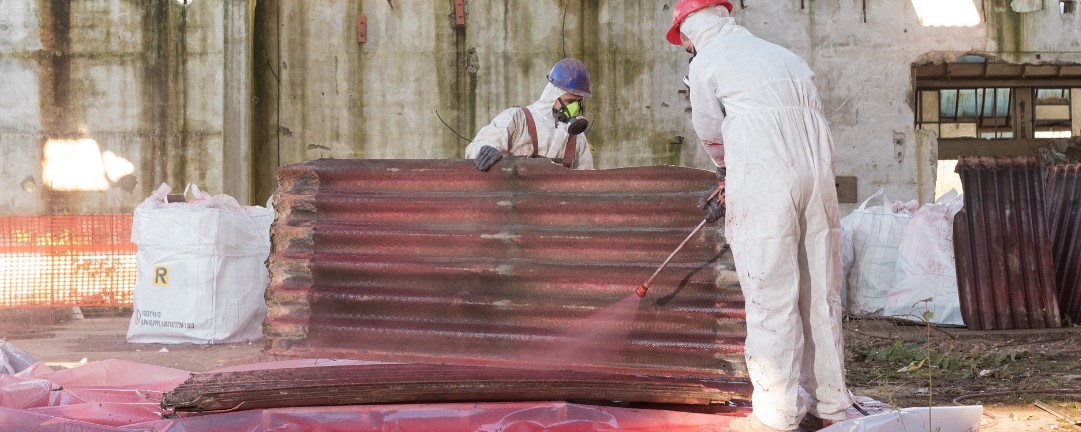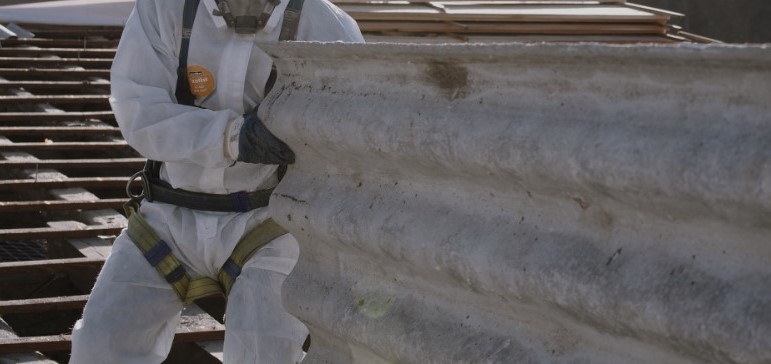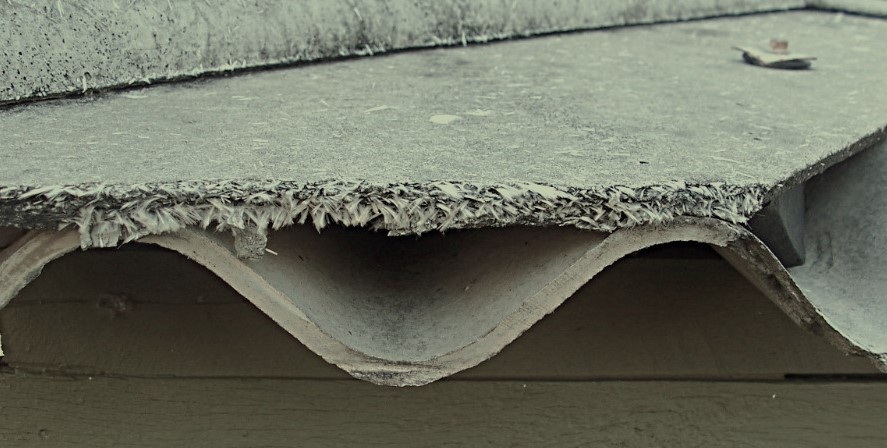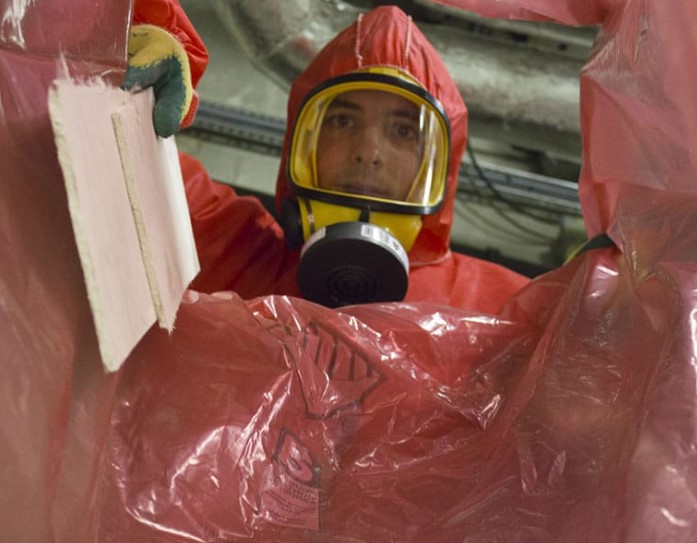Asbestos in Leeds
Asbestos-related illnesses
Building asbestos surveys have received more attention recently in order to locate and evaluate asbestos-containing components. In order to avoid inadvertent exposure during maintenance or renovation work, proper management procedures are crucial.
Leeds' local government, health organisations, and advocacy groups have started a number of awareness programmes to educate locals and workers about the risks posed by asbestos, stressing the value of taking safety precautions and handling asbestos-containing products properly.
In order to safeguard the environment and the public's health, a number of organisations and asbestos removal experts in Leeds are actively engaged in asbestos remediation initiatives.




